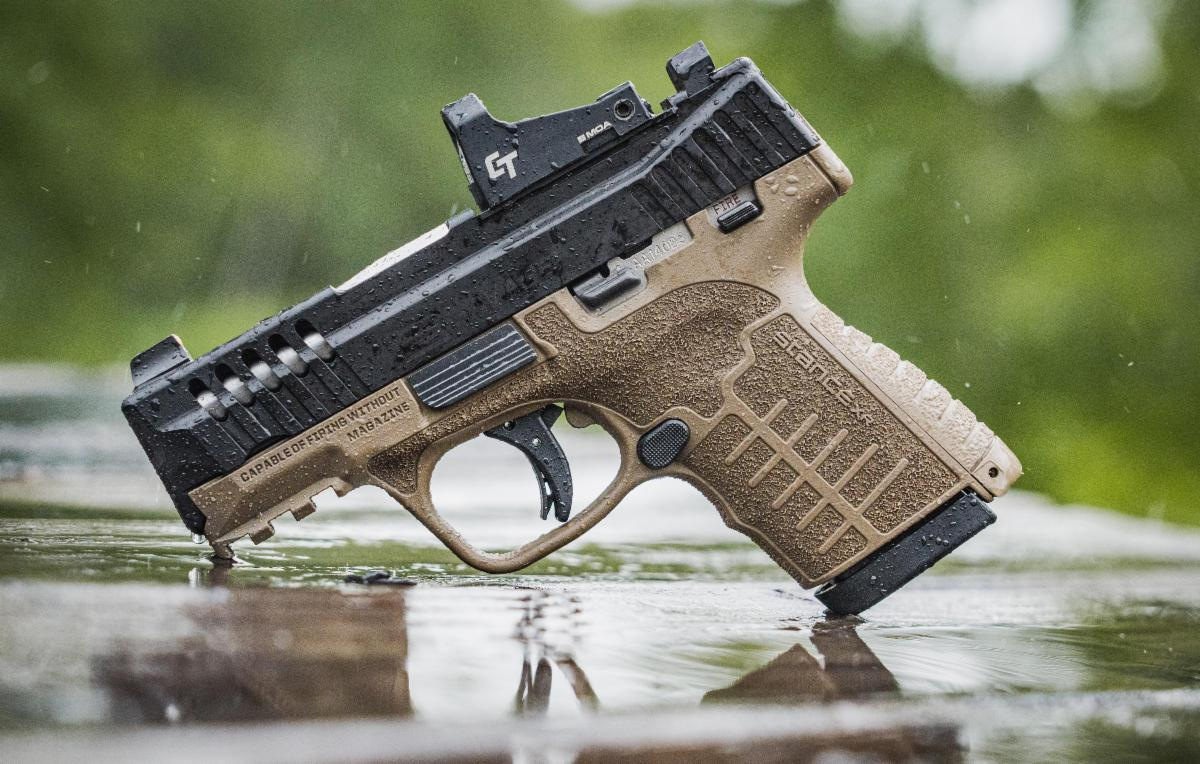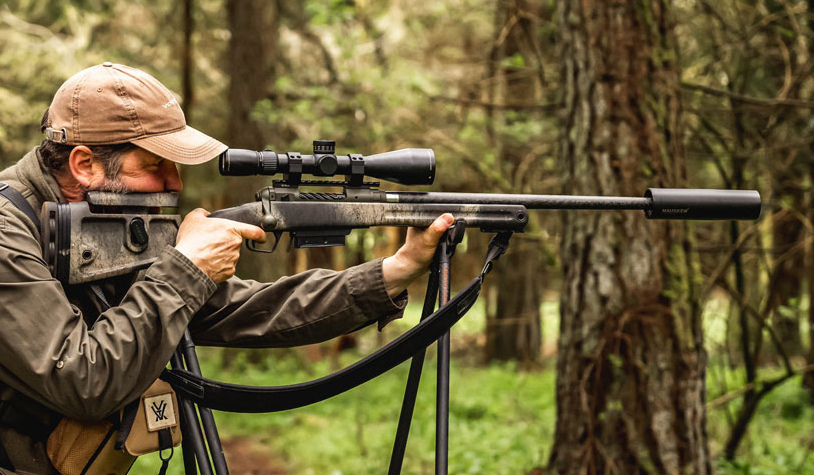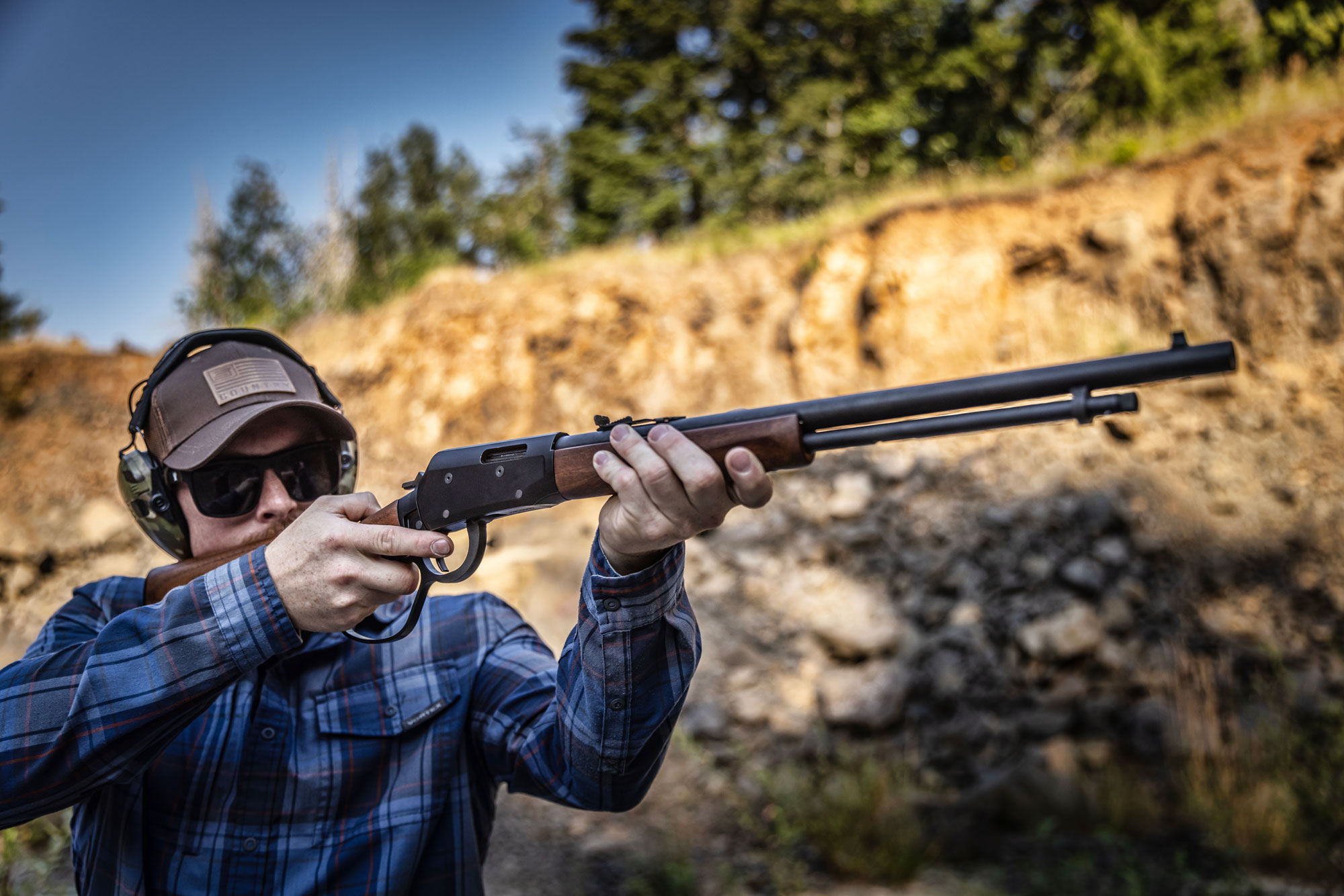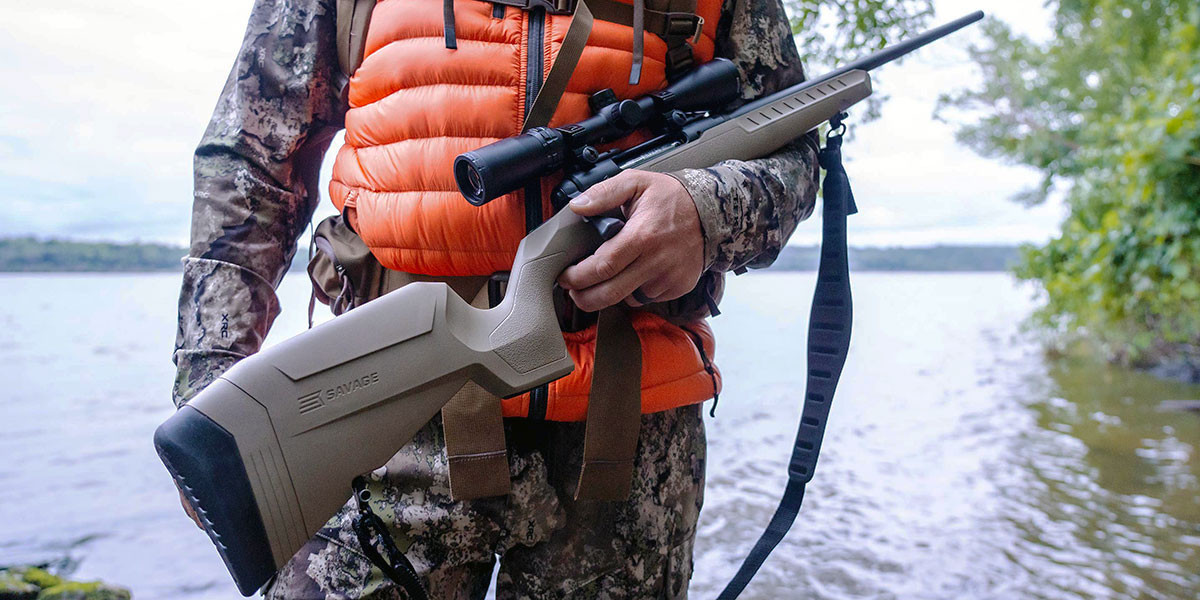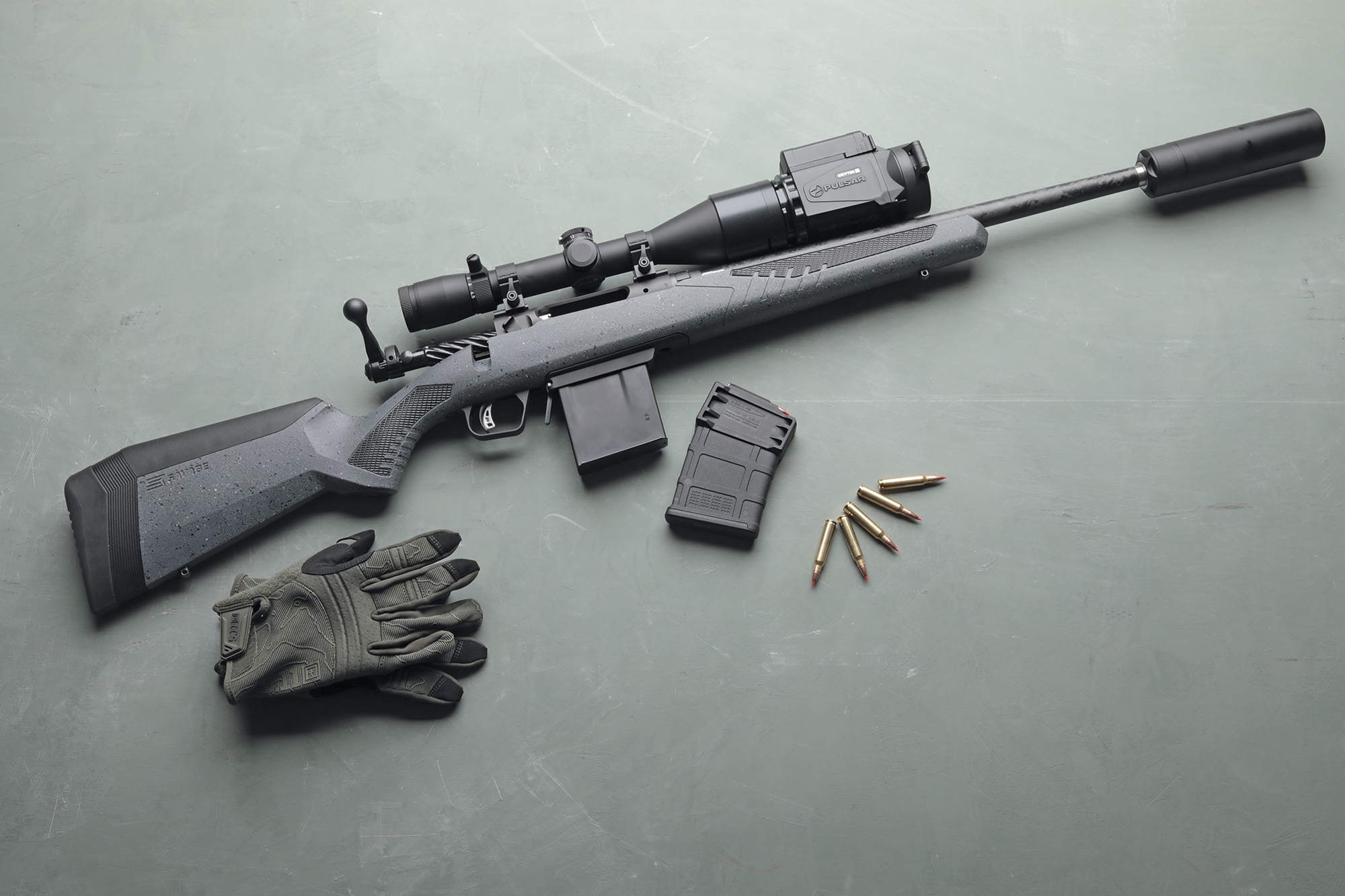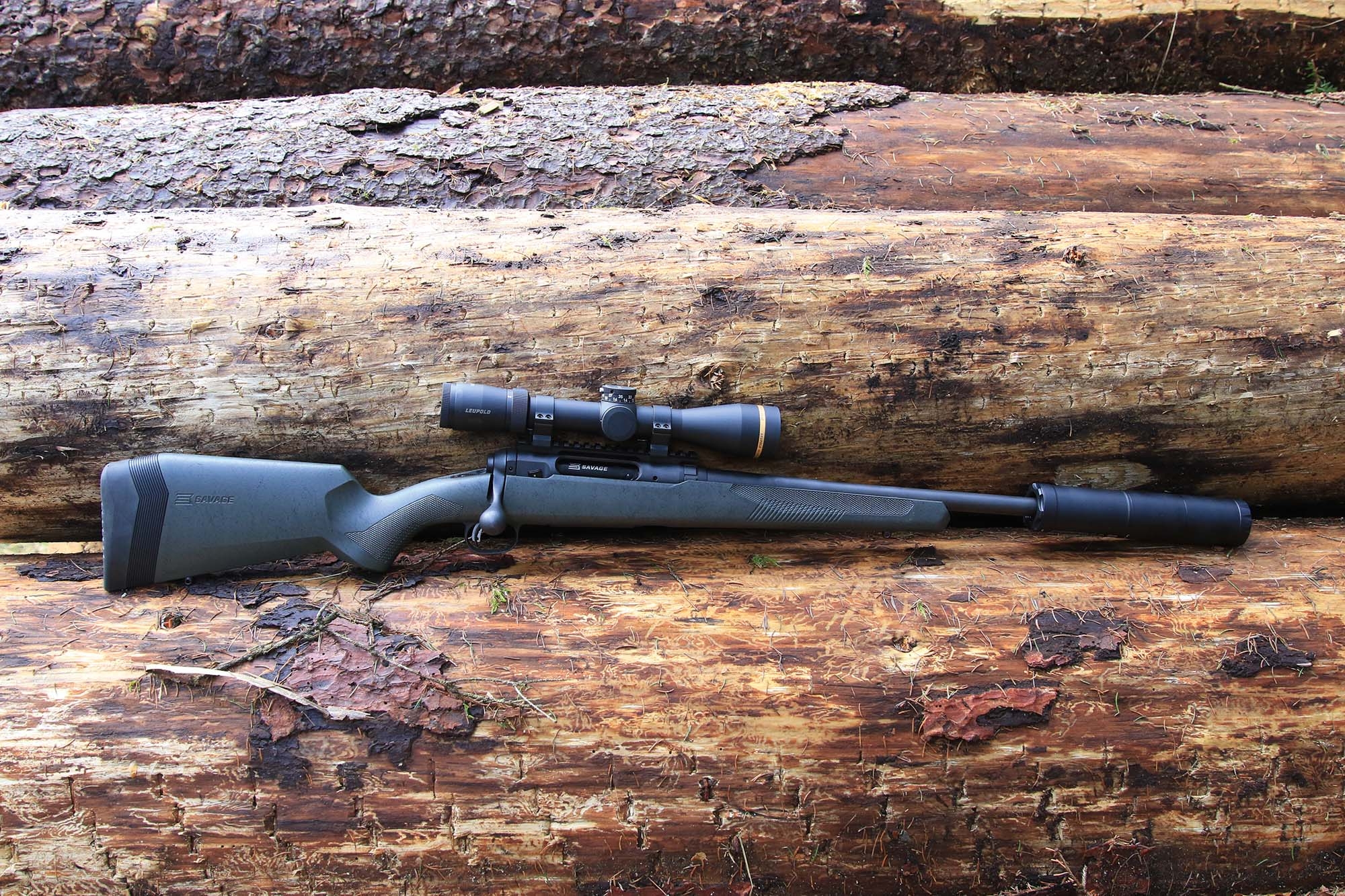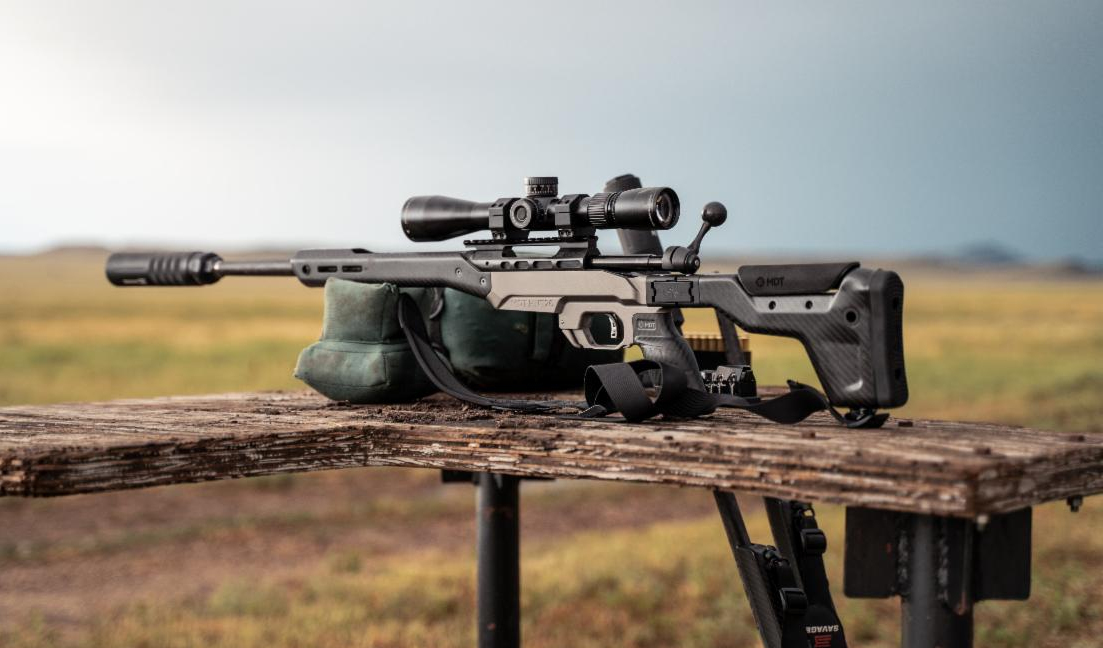Founded in New York State in 1894 by Jamaican-born Arthur William Savage, Savage Arms is now based in the New England town of Westfield, Massachusetts. Originally famous for the Savage Model 99 rifle, the company now manufactures many types of rifles and, more recently, shotguns and polymer pistols.
In Europe, most shooters and hunters probably know Savage through the 110 series, a bolt-action rifle platform originally launched in 1958. One of the new additions to the 110 line is the Elite Precision. Currently, the U.S. manufacturer offers this variant in seven modern long-range calibers, from the small .223 Remington to the mighty .338 Lapua Magnum.
Savage 110 Elite Precision: a rifle with aluminum chassis

Savage uses a stock system from Canadian chassis specialist Modular Driven Technologies (MDT). It is made of 6061-T6 aluminum alloy. Small amounts of magnesium, silicon and copper are alloyed with this type of aluminum to improve certain properties. The material has good toughness, which is advantageous for parts subjected to impulsive loads, such as a stock. Furthermore, the material shows good corrosion resistance.
The stock is CNC machined from a solid billet, then sandblasted and given a Cerakote coating. On the 110 Elite Precision, Savage uses MDT's ACC chassis. Since the buttstock is heavily skeletonized here, at first you think of a weight savings. But if you look at what ACC stands for, the exact opposite is the case.
ACC means "Adjustable Core Competition" and was developed specifically for the rapidly growing Precision Rifle Series (PRS) competition community in the United States. PRS involves shooting small targets under time pressure at known and unknown ranges between 10 and 1,200 meters. The ACC chassis without action and barrel weighs 2,040 grams and has many mounts for additional weights on the forend. Fully upgraded, the chassis could thus be weighted down to 6,123 grams.
The additional weight is intended to serve two functions: when firing, a heavy gun will wander less from the aiming point, resulting in better target observation immediately after the shot by the shooter himself and shorter target acquisition time during rapid shot strings. In addition, the gun's center of gravity can be changed by individually attaching the additional weights at various positions. A rifle's center of gravity adjusted for the respective shooting position allows for faster target acquisition and overall better gun handling.
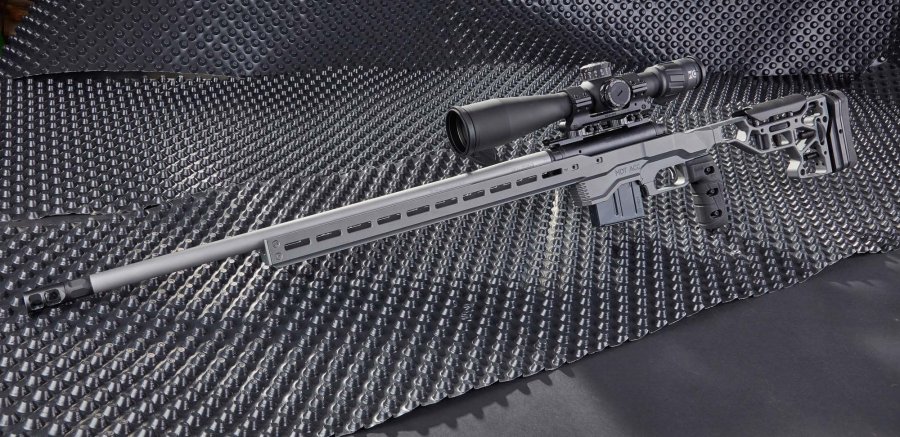
Here's how the Savage 110 Elite Precision rifle is built
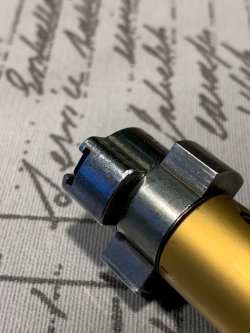
The main body of the ACC chassis consists of the buttstock. That interfaces with the front assembly, which combines the action bedding, magazine well and forend. The buttstock is fully adjustable: the recoil pad can be continuously adjusted in height by 106 millimeters. The recoil pad is guided by a trapezoidal rail made of solid steel. This is intended to position additional weight on the buttstock – the density of steel is just under three times that of aluminum. In addition, length of pull can be continuously adjusted by 31 millimeters. The height of the cheek piece is also infinitely adjustable up to 34 millimeters.
To adjust the cheek piece and the length of pull, two brass clamping screws must first be loosened. The actual adjustment is then controlled by a knurled nut and a threaded spindle. To the right and left of this spindle is a guide rod, which makes the guidance of the movable stock elements very stable. Once the respective adjustment position has been reached, the two clamping screws that press radially on the guide rods are tightened again.
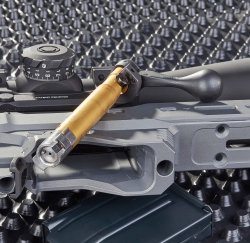
It is recommended to tighten the knurled adjusting nut slightly against the clamping resistance of the two clamping screws to prevent it from rattling. The vertical grip is at right angles to the barrel axis on the ACC chassis. However, after loosening six screws, the grip can be tilted forward or backward in a small angular range and can also be shifted axially by up to 8 millimeters. This allows for individual adjustment to the shooter's hand.
At the front of the magazine well of the Savage 110 Elite Precision, there is an extension known in the trade as the "Barrier Stop". The latter serves as an aid, for example, in positional shooting from barriers. On the ACC chassis, the Barrier Stop has a profiled surface and is also very rugged. At the front, the bolt-action rifle's chassis ends with a 460-millimeter-long forend, equipped with ten M-Lok attachment ports at the three, six and nine o'clock positions. The aforementioned external additional weights or any other conceivable accessory can be mounted on these. The additional weights can also be attached inside the forend. In addition, an Arca accessory rail for is mounted along the entire length of the fore-end.
Barrel and action of the Savage 110 Elite Precision in 6.5 Creedmoor
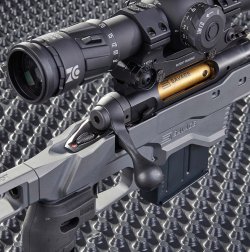
The stainless steel barrel is glass bead blasted, which means it has a fine matte finish. On the muzzle side, there is a fine thread (5/8" x 24), here equipped with a two-chamber brake. Because of the 661-millimeter barrel length, however, the gas pressure at the muzzle of the rifle is already very low. The gas impulse on the baffles of the muzzle brake counteracting the recoil is thus lower than is usually the case with shorter barrels.
Directly behind the thread, the diameter of the barrel measures 22 millimeters; directly in front of the action, it increases to 28.3 millimeters. The Elite Precision's ACC forend can alternatively accommodate barrels up to 34.3 millimeters in diameter. Six right-hand grooves handle the bullet's rotation. After eight inches (203 millimeters) of travel, the projectile rotates once around its longitudinal axis.

In addition to the barrel, the action of the Savage 110 Elite Precision is also made of stainless steel. Its surface is nitrided for wear resistance. Four screws connect the 170-mm MIL-STD-1913 rail to the action's top. The forward tilt of this Picatinny rail is 20 MOA. At the rear of the bolt-action rifle's action sits a two-position safety that locks the trigger when engaged. The trigger group is Savage's AccuTrigger. This single stage trigger can be adjusted to pull values between 1.5 and 4 lb (680 and 1,814 g). Something that the owner can adjust himself.

Using a tool from the rifle's included accessories, the trigger spring can be adjusted accordingly, and turning it counterclockwise lowers the trigger pull resistance. The Savage's AccuTrigger is also equipped with the safety device called AccuRelease, which is integrated into the trigger blade and acts on the trigger sear. Only when the Accu-Release and the trigger blade are pulled through simultaneously can the shot be released. This is intended to prevent unintentional discharges when the trigger pull weight is set low and the gun falls over or is placed down hard.

The yellow color of the bolt cylinder indicates that there is a titanium nitride coating here. This very thin coating is extremely hard and thus wear-resistant. Furthermore, it offers very good gliding properties and is extremely resistant to chemicals. The action of the Savage 110 Elite Precision is locked by two lugs. Behind the actual pair of locking lugs, there are two more lugs, the latter of which can be rotated freely. This is the so-called "front baffle".
This element is intended to seal the free spaces between the locking lugs. During locking, the two actual lugs rotate into the rifle action. The front baffle does not rotate, however, and thus covers the gap. Consequently, it fulfills a safety-relevant task, since it shields the shooter from the powder gases released in the event of a case rupture or a primer blowout.
Two screws connect the action and the chassis. The bedding is provided by a compound in the chassis. A recoil lug on the action side transfers the recoil impulse to the stock of the bolt-action rifle. The rifle's 10-round sheet steel magazine drops smoothly out of the magazine well into the open at the push of a button, thus complying with military specifications.
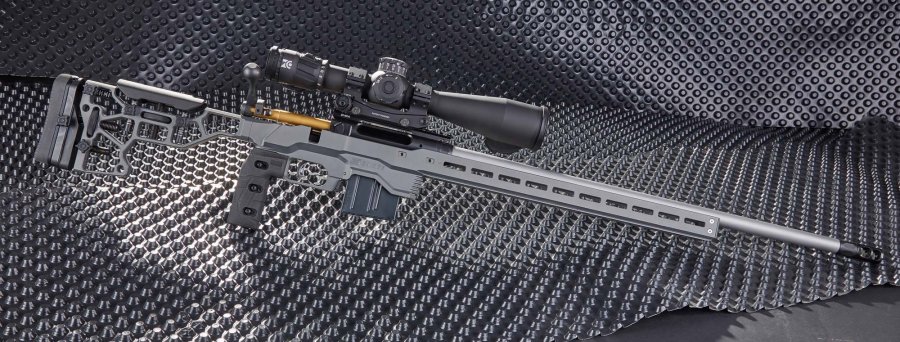
Test at the shooting range: the Savage 110 Elite Precision long-range rifle in 6.5 Creedmoor in practice
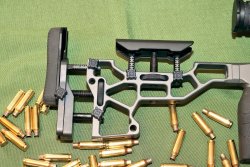
For testing this 6.5 Creedmoor caliber rifle, our testers made various handloads with match and hunting bullets. Lapua cartridge cases with a small rifle primer and a 1.5-mm primer channel were used. The wide bullet weight range of 93 to 153 grains required propellant powders that burned at different rates, so five grades were used here, three from Reload Swiss and two from Vihtavuori. Loading was done on a Präzipress with dies from Redding.

from Tier-One.
The optic used for the Savage 110 Elite Precision test was a Zero Compromise Optics (ZCO) Model 527 scope with a Target 1 reticle, and the glass sat on an EraTac block mount with adjustable pre-tilt. When tried out on the 100-yard line, the Savage 110 Elite Precision proved to be very accurate. Seven of the eight factory match loads used in the test delivered sub-0.75 MOA five-shot groupings and two ammunition types even stayed under 0.5 MOA with groups of 14 millimeters each. Only the match load from Winchester did not harmonize with the test gun unfortunately.
The Savage Elite Precision also demonstrated its precision potential with the handloads: The best grouping of 13 millimeters was achieved with the KJG-SR copper bullet with guide bands from Sax Munition. Overall, there was nothing to criticize on the shooting range. The rifle worked smoothly, and all stock adjustments remained in place.
Savage 110 Elite Precision bolt-action rifle for sport shooters specs and price
| Model: | Savage 110 Elite Precision |
| Price: | 2,549 euro |
| Caliber of the Test Gun: | 6.5 Creedmoor (many more available) |
| Magazine Capacity: | 10+1 rounds |
| Overall Length: | 47.75”/1,213 mm |
| Barrel Length: | 26”/661 mm |
| Twist Rate: | 203 mm (1:8"), 6 grooves, RH |
| Trigger Pull Weight: | 1,095 g / 10.7 N single-stage trigger |
| Weight: | 13 lb/5,901 g |
| Features: | MDT ACC aluminum chassis, adjustable length of pull, recoil pad and cheek piece, two-lug bolt, two-position safety, top rail with 20 MOA pre-tilt, adjustable single-stage trigger, stainless steel barrel, 5/8 "x24 muzzle thread, dual-chamber muzzle brake. |
Savage 110 Elite Precision long-range rifle wrap-up
The Savage Model 110 Elite Precision offers top accuracy, and the very good and clean workmanship of all metal parts was also impressive. The buttstock leaves nothing to be desired in terms of individual adjustments and by attaching additional weights, gun handling can be optimized even further. For 2,549 euros (price may be different in your country), you get an extremely precise firearm with many adjustment options and thus a first-class entry into the long-range segment.
What we liked: | What we liked less: |
- Extensive stock adjustments - Very good accuracy - Good price/performance ratio | - Chassis surface a bit rough (even if this is a matter of taste) |
Text: Christopher Hocke, Hamza Malalla and Matthias S. Recktenwald
More information about the bolt-action rifle can be found on the Savage Arms website.



